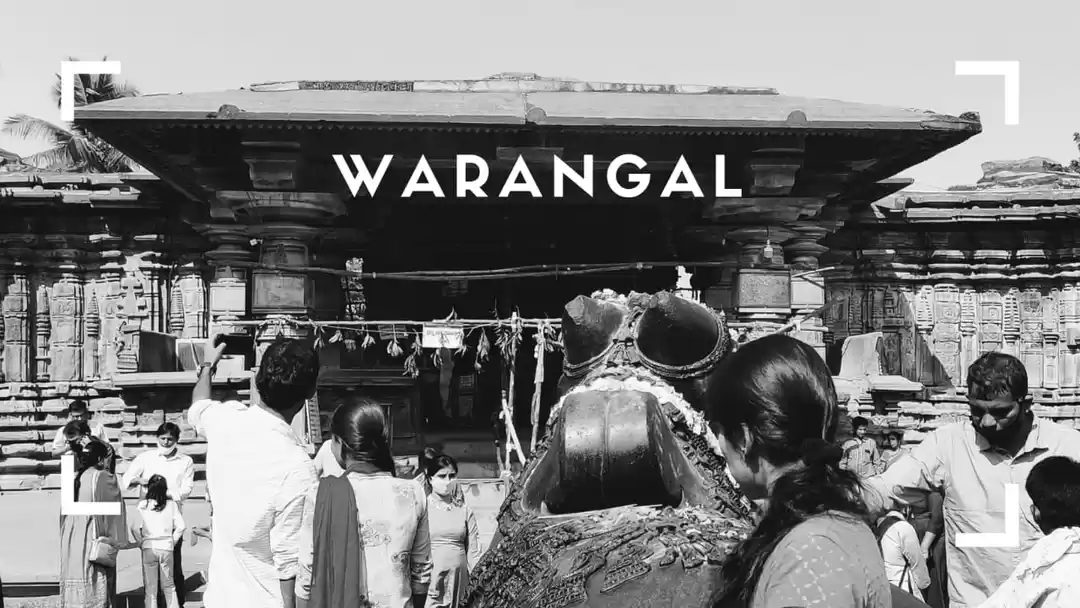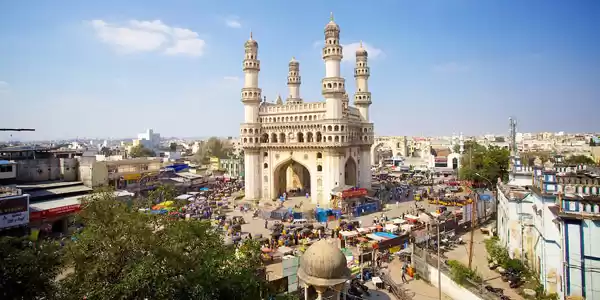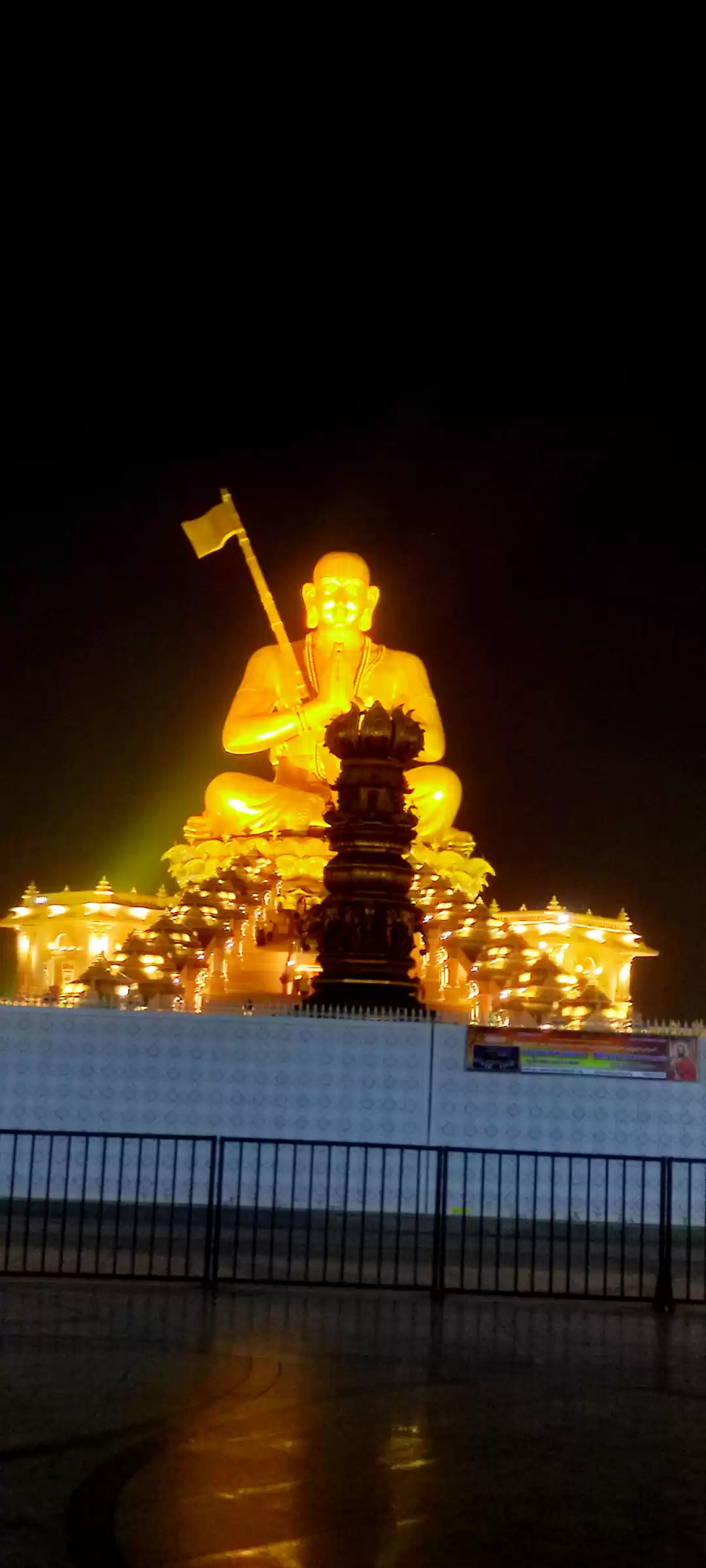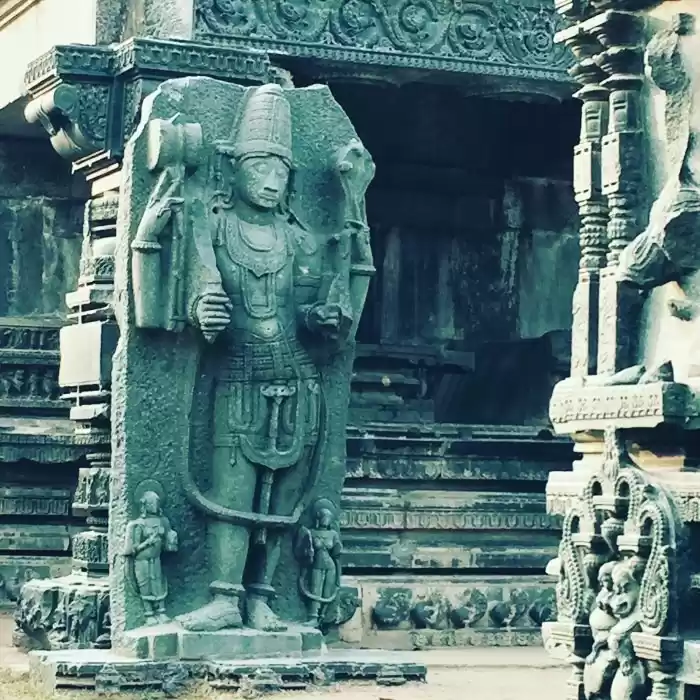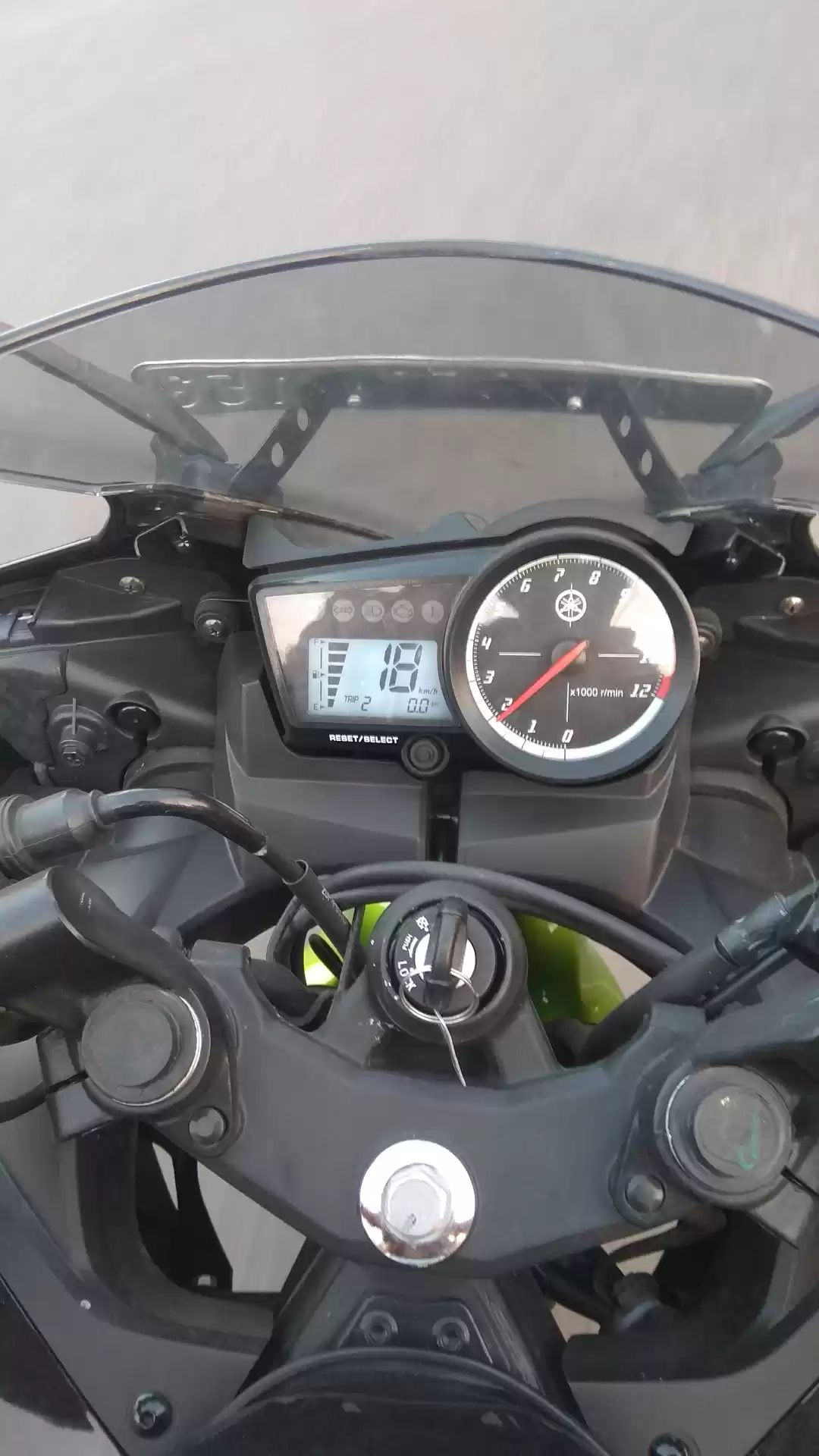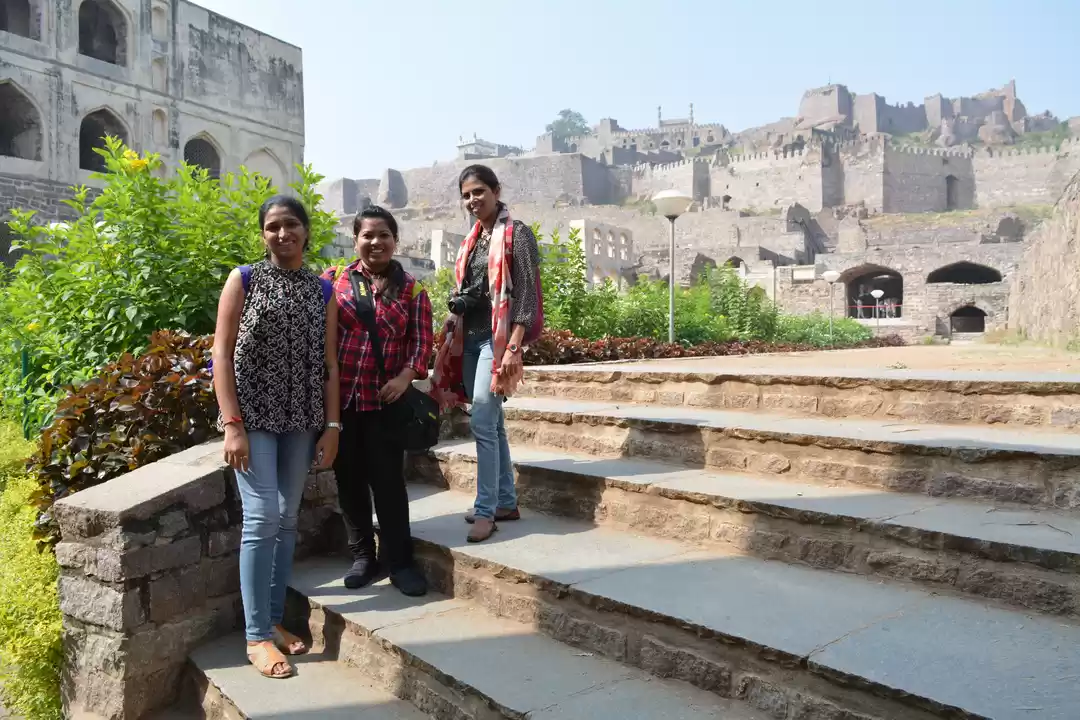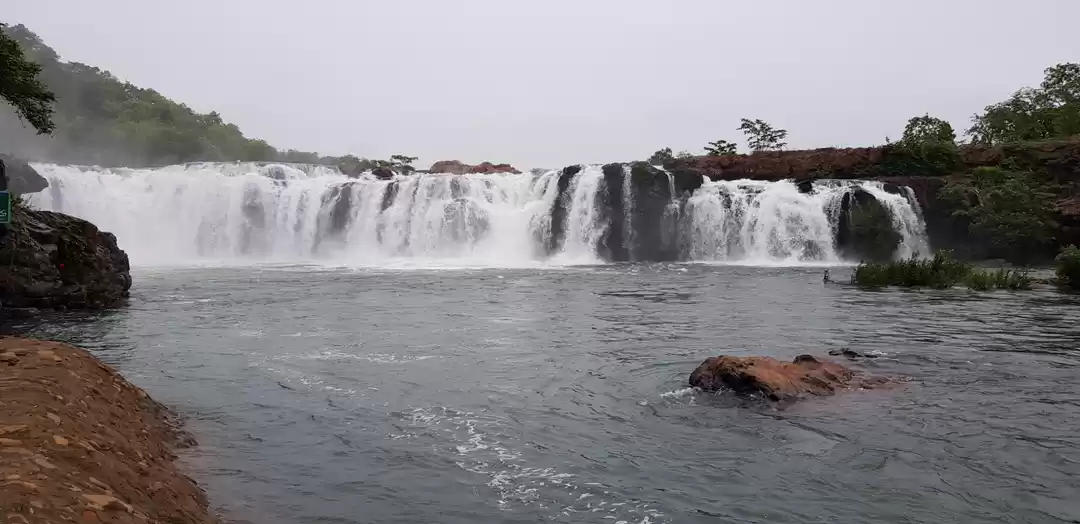
Telangana, the 29th state on the map of India and 13th on our travel journal. The prime purpose of our visit to Telangana was to explore the remote places, the culture, the standard of living of people. We also learned a lot about the economy of the newly mapped state.
Early in the morning, at around 6 am we hit the road starting from Solapur in Maharashtra. We reached Palakurthy at around 2 pm. The temperature in Telangana is quiet hot and humid during summers and you wouldn't wanna roam around unless you have a good air conditioned car.

Palakurthy is a small town but a mesmerizing one when you climb atop the mountainous cave that takes you to Sri Someshwara Laxminarasimha Swamy Temple, that is perched at a height of around 120 metres. The temple, unique in its structure and location can be accessed through a narrow path that allows only one person to pass at a time.

It is the only temple in India with Lord Shiva and Lord Vishnu shrines in adjacent caves. The first day was spent relaxing on the farm house and visiting the temple.
The next day we visited the Thousand Pillar Temple, Warangal Fort and the Ramalingeswara Temple, all of which have a mention in the tentative list of UNESCO World Heritage Sites. When you google these places, they don't seem to be intriguing. It is only when you visit them in that you realize they are an exemplar of ancient artistic architecture. The magnificence of these temples and the fort will not only arouse the photographer in you but will also take your curiosity to the next level when the temple priests narrate the story of the deities worshiped there.

The thousand pillar temple is a marvelous example of stone carvings. There is some work in progress going on that will add more beauty to the place in a year or so. The temple is believed to be built around 1170 AD by Rudra Deva of the Kakatiya Dynasty.

The Ramalingeswara or the Ramappa Temple in Palampet village, is a marvel that will give your soul peace and your heart a feeling of spirituality. This temple has a really positive vibe. No matter how scorching the heat outside is, the moment you step in, it feels like you entered an air conditioned cave. The Shiv Linga here is impressive enough to keep your eyes staring at it for quiet long. The temple is believed to have been built in the 11th century and it took 40 years to carve this marvelous sculpture and Ramappa is beleived to be the sculptor, after whom the temple is named.
In close proximity to the Ramappa Temple is the lovely Ramappa Lake. It's a great spot for photography enthusiasts. You can spend time boating, when the sun isn't high. If you explore a bit, you will find a picturesque location here with a single tree standing at the extreme edge of the lake. You can take your car right there provided you are good with driving and cautious with the muddy terrain.

Warangal Fort, the last on the day's itinerary. It is only when you reach here, that you wish the fort had not been in ruins and instead been an untouched marvelous sculpture. Believed to have been built by Pratap Rudra II in the 13th century, the ruins give an insight of how majestic the fort might have been in its full glory.



The next day we visited the famous Bhadrachalam temple. Legends say that Vishnu appeared to Meru's son Bhadra as Rama to answer the latter's prayers.

We couldn't make time to take a tour of the Papikonda valley and camp in the region, but would highly recommend it to fellow travelers looking forward to exploring the region. There are boats offering full day tours as well as night stay options in the region. It's a must try stuff that needs to be a part of your itinerary.

















